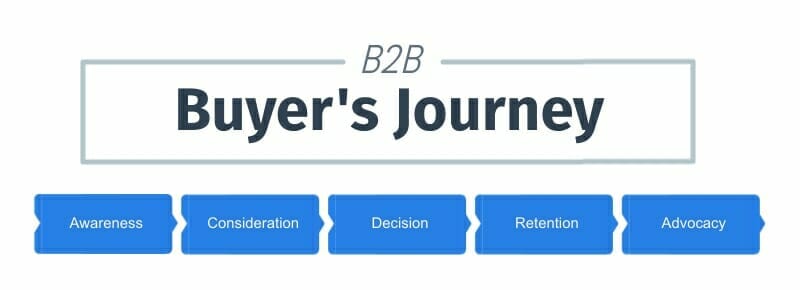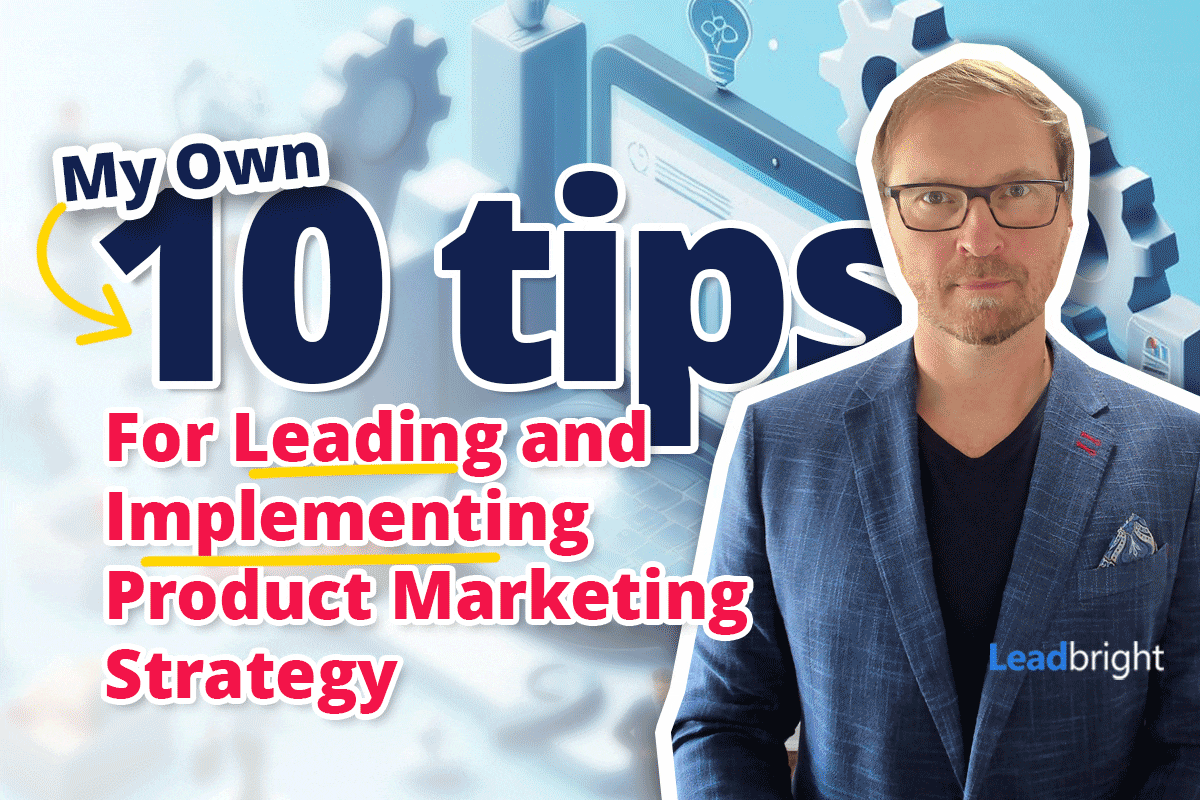User Experience vs User Journey – The Importance of Both

What is the Difference Between Customer Experience and Customer Journey?
When building any product, understanding your target audience is very important. Long-term success really happens when you you find out how to provide the best customer experience within a customer journey. Despite some thinking that customer experience and customer journey are more-or-less the same thing, it is important to know that they are uniquely separate ideas.
The first concept, Customer Experience (CX), refers to everything that a customer may feel while interacting with your brand or business. CX focuses on ensuring that every interaction with a customer is a positive one, even if it doesn’t turn into a sale.
Customer journey, on the other hand, refers to the path between the first interaction with a business all the way to become a paying customer. This involves discovering how someone discovered your website, as well as ways that you can do to enhance their visit and to encourage them to keep coming back. The entire story is completed using a customer journey map.
Achieved a great customer experience one comes when there is a clear understanding regarding the entire user journey. Understanding the needs of users, the different touchpoints with your business, along with how they interact with you after a purchase will enable you to evaluate and improve the customer experience as you continue with this process.
What is the difference between customer journey mapping and customer experience mapping?
Customer journey mapping refers to the process that involves visualizing every step taken by users starting from the first stage of the buyer’s cycle to the point when they make a purchase. The purpose of customer journey mapping is to determine potential pain points in the process.

On the other hand, when you take an all-encompassing and holistic approach in order to visualize the complete customer’s experience, you are now doing mapping for the experience of a user. This means that you are now seeing the CX from start to end without having to focus on a single product or department.
Customer experience mapping also looks at the behavior of a person by identifying their thought process and experiences during each stage of the purchasing process. In contrast to customer journey mapping, it provides a deeper analysis of the interactions.
What is the Difference Between User Journey and User Flow?
Both the user journey and user flow are tools that are used in describing the process involving the interaction between users and the product. Some designers view them as the same since both tools communicate designs on the user goals. Still, they are not the same because each tool focuses on a separate aspect of products.
The user flow refers to the path that is taken by a user on an application or website in order to complete a specific task. It starts from the entry point, and into a series of steps until a successful output is achieved.
On the other hand, a user journey refers to the visual trip of a user through the entire solution. It considers not just the steps taken by a user, but also their pain points, feelings, and even delighted moments. The user journey also visualizes the current and future relationship of an individual with a product through time, across various channels.
When comparing user journey vs user flow, there are some differences. A user journey does not just focus mainly on the elements and states of an individual triggering those states. This is because they have multiple information layers, which include the users’ thoughts, feelings, and others.
User flow suggests movement. Creators and designers of products often consider the actual path taken by the user through the app or website, establishing the user flow. The path is then divided into related steps taken by the user from the starting point, and into the online conversion funnels, and finally into the final course of action for the user flow.
How does user flow benefit the design process?
User flow is a tool that is beneficial to the design process when the product team is working on a UI (User Interface) design and information architecture of individual screens. The role of user flow is also helpful in the evaluation of current interfaces. As such, the product team can easily use the user flow when conducting review sessions for a design.
What is the Difference Between User Experience and Customer Experience?
What does user experience mean?
Initially, the term user experience was used in describing the overall interactions of the users with a specific organization. By definition, it refers to the perceptions and responses of an individual resulting from either using or the expected use of a service, product, or system.
However, since this term was introduced in a period of time where computers have ruled the world of digital interaction, some have begun to give its meaning with an interpretation that is limited, one that is linked with a single interaction, rather than a lifetime of a relationship shared between a customer and a business.
What does customer experience mean?
Instead of UX (User Experience), the term customer experience is being used in describing the overall interaction that a specific user has with a particular organization throughout a period of time, including all touchpoints. In short, CX is the more recently used term, as it represents the totality of the idea, relating to the interactions and experience of users and personas, mostly occurring post-conversation.
How do you evaluate user experience?
In order to evaluate the totality of this point of view, the following factors may be taken into consideration, as inspired by the design thinking process introduced at the Stanford d.school.
· Knowing Your User Well
One aspect of this process is creating empathy for people of different backgrounds. Many things about a person’s life are there to discover. Empathizing can create several approaches, such as creating user personas, a standard UX method.
· Choosing the Right Method
Different touchpoints of a project that you are working on may require different research or user evaluation methods. If you have not yet decided on a particular solution, you may want to conduct a survey with the goal of gathering quantifiable data and finalize the process to understand them.
· Final Use Context Simulation
Usability testing is an important part of the complete process. It may be performed in a lab for apps and websites which are completely online experiences.
However, for products of a physical nature, more care is required. Anticipated conditions need to be simulated in order to emulate the reactions of intended users as much as possible.
What is UX design with example?
UX design refers to the process that design teams utilize in order to make products that offer relevant and meaningful experiences to actual users. This could include the design of the overall process of getting and integrating products, covering aspects of design, branding, function, and useability.
To understand what a UX design is, an expert, Peter Boersma, attempted to shed some light. He describes user UX, as the main term with which several other related disciplines are categorized. Note the T model diagram below:
This UX design has been successful in representing the most accurate evaluation of the main principles involved in the entire UX. On top of that, this T model offers a platform that enables more in-depth research across several disciplines.
What is user journey in UX?
A user journey refers to the stages that a user is taking in order to reach their goal as they visit a specific website. They are very important in UX as they work in determining the different ways that will allow the user to achieve their goal as easily and fast as possible.


